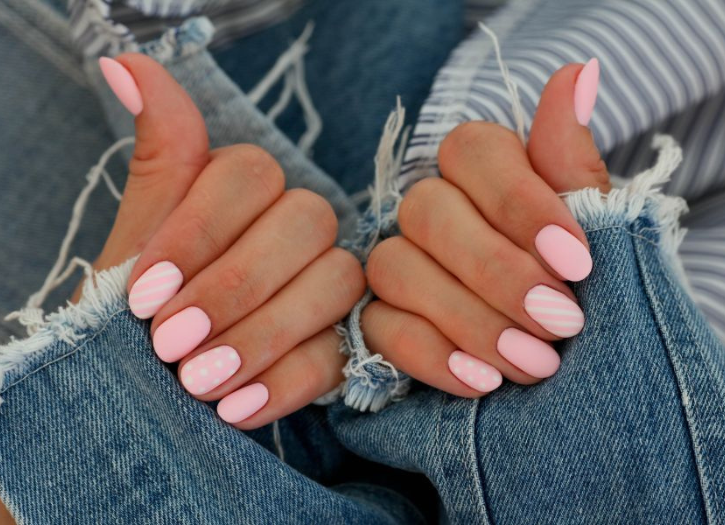Nail polish originated in China and dates back to 3000 BCE. Around 600 BCE, during the Zhou dynasty, the royal house preferred the colors gold and silver.
However, red and black eventually replaced these metallic colors as royal favorites. During the Ming dynasty, nail polish was often made from a mixture that included beeswax, egg whites, gelatin, vegetable dyes, and gum arabic.In Egypt, the lower classes wore pale colors of nail polish, whereas high society painted their nails a reddish brown with henna. Mummified pharaohs also had their nails painted with henna
Traditionally, nail polish started in clear, white, red, pink, purple, and black. Nail polish can be found in a diverse variety of colors and shades. Beyond solid colors, nail polish has also developed an array of other designs, such as crackled, glitter, flake, speckled, iridescent, and holographic. Rhinestones or other decorative art are also often applied to nail polish. Some polish is advertised to induce nail growth, make nails stronger, prevent nails from breaking, cracking, or splitting, and even to stop nail biting.
French manicures are designed to resemble natural nails, and are characterized by natural pink or nude base nails with white tips. French manicures were one of the first popular and well-known color schemes. French manicures may have originated in the eighteenth-century in Paris but were most popular in the 1920s and 1930s. However, the traditional French manicures were much different from what we know today. They were generally red, while leaving a round crescent shape at the area near the cuticle blank to enhance the lunula of the nail, known now as a half-moon manicure.
With the modern French manicure, trends involving painting different colors for the tips of the nails instead of the white. French tip nails can be made with stickers and stencils. It is still typically done by hand through painting with polish or gel, or sculptured with acrylic.
Social media has given rise to a nail art culture that allows users to share pictures of their nail art. Women’s Wear Daily reports nail polish sales hit a record US$768 million in the United States in 2012, a 32% gain over 2011. Several new polishes and related products came on to the market in the second decade of the twenty-first century as part of the explosion of nail art, such as nail stickers (either made of nail polish or plastic), stencils, magnetic nail polish, nail pens, glitter and sequin topcoats, nail caviar (micro beads), nail polish marketed for men, scented nail polish, and color changing nail polish (some which change hue when exposed to sunshine, and ranges which change hue in response to heat).
Nail polish in the Western world was more frequently worn by women, going in and out of acceptability depending upon moral customs of the day. It is less common for men to wear nail polish, and can be seen as a divergence from traditional gender norms.
Photo Credit: Shutterstock







Add Comment
You must be logged in to post a comment.